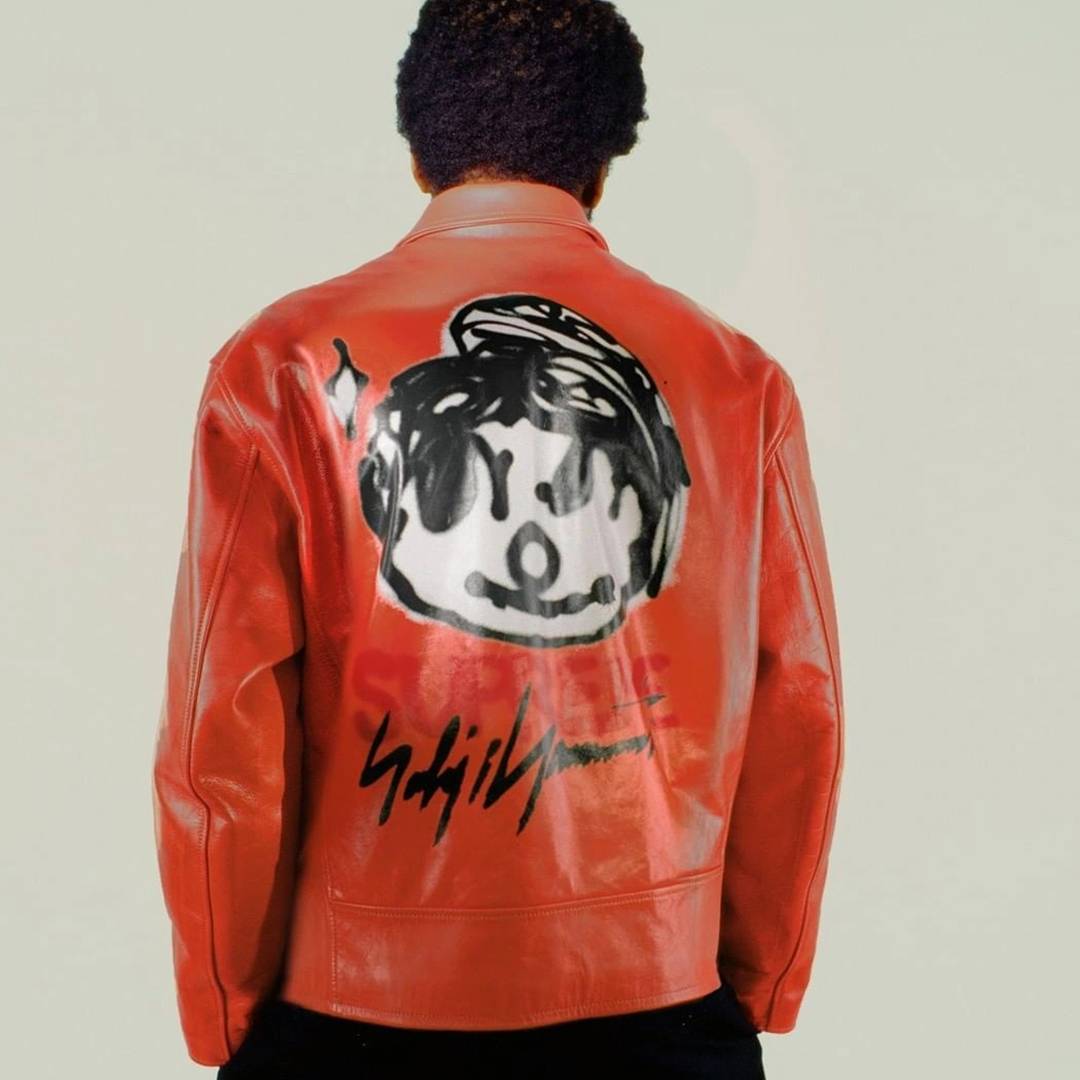In today’s digital age, where music is predominantly streamed online, an unlikely savior has emerged for artists and record labels alike: physical products. While the convenience and accessibility of digital music have revolutionized the way we consume melodies, the tangible allure of vinyl records, CDs, and even cassettes has rekindled a profound connection between fans and their favorite musicians. This resurgence in physical music products not only generates significant revenue but also offers a lifeline to artists navigating an industry disrupted by digital music and streaming platforms.
A recent study conducted by Components shed light on the immense impact of artists leaning into physical products. The findings revealed that those who embrace physical music alongside streaming are far more successful than those who rely solely on digital distribution. This revelation serves as a cautionary tale not only for labels but also for streaming platforms, highlighting the untapped potential of physical music products.
Constraints in Streaming Revenue
While streaming platforms operate on a market-share payout system, where artists are compensated based on the number of streams, this model presents limitations for smaller, independent musicians. Mega-artists with millions of streams may benefit from this structure, but independent artists struggle to generate significant income due to the mere fractions of a cent paid per stream. To match the earnings from selling a single physical album, an artist would require hundreds of thousands, if not millions, of streams. Consequently, artists are increasingly seeking alternative revenue sources, with physical products emerging as the vanguard of sales.
What Draws People In?
Why do fans continue to gravitate towards physical music products despite the convenience of digital streaming? The answer lies in the profound desire for a tangible connection to both the artist and their music. Physical products offer a sense of ownership and engagement that digital streaming fails to replicate, no matter how compelling the music may be. Additionally, the integration of artist merchandise, ranging from t-shirts to posters, has become an integral part of the fan experience, further driving the demand for physical products.
Read the full article here.



